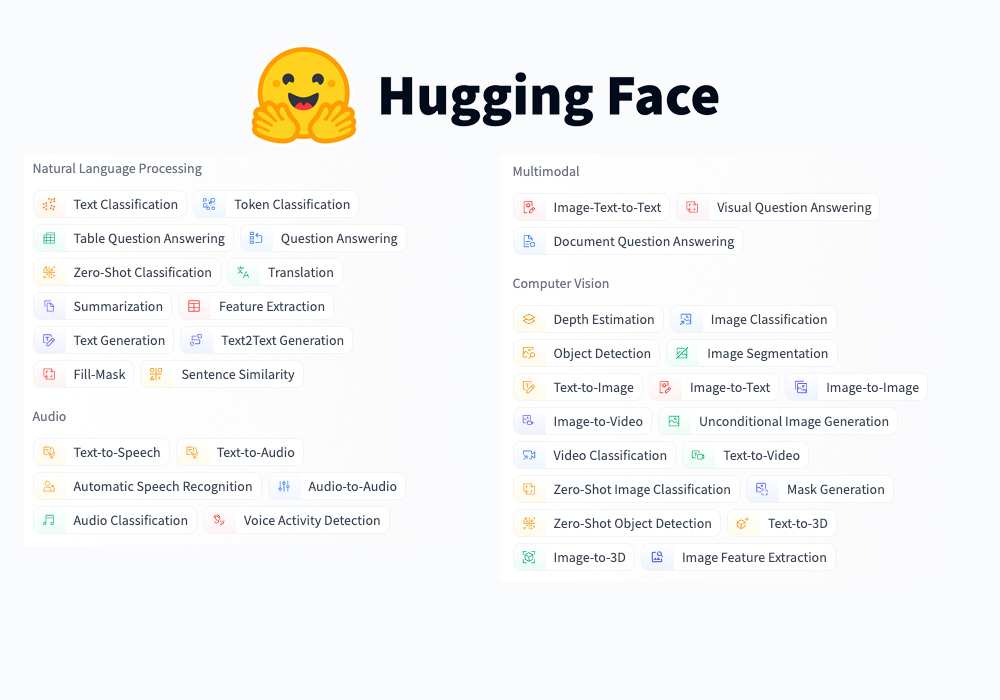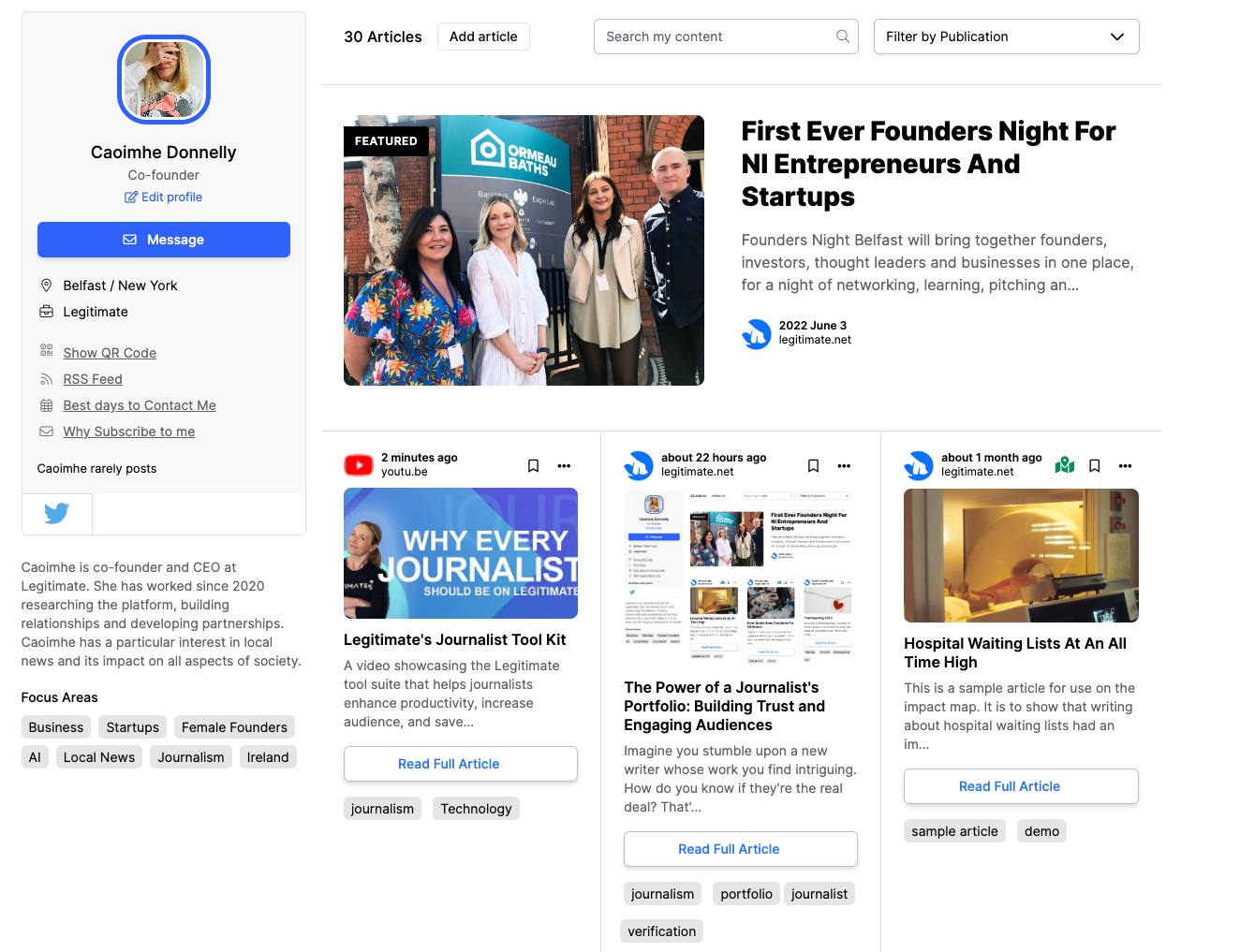In today’s digital landscape, Artificial Intelligence (AI) and the spread of disinformation are emerging as dual threats to the integrity of journalism. The ability of AI to generate realistic but fake content and the proliferation of disinformation campaigns have created unprecedented challenges for the media industry, complicating the public’s ability to discern truth from fiction.
The Rise of AI in Newsrooms
AI technology has found its way into various aspects of journalism, from automating routine reporting tasks to analyzing large datasets for investigative stories. While these tools can enhance the efficiency and capabilities of newsrooms, they also introduce risks, particularly when it comes to the generation of synthetic media, such as deepfakes—videos and audio recordings that look and sound like real people saying things they never did.
The Disinformation Dilemma
The dissemination of disinformation is not a new issue, but the scale and sophistication with which it can now be spread are alarming. Social media platforms allow false information to travel faster and farther than ever before, often outpacing the spread of accurate information. Disinformation campaigns are increasingly used to undermine trust in the media, sow social discord, and influence political outcomes.
Implications for Journalism
- Eroding Public Trust: The core of journalism is trust. AI-generated fake news and disinformation can closely mimic legitimate news sources, making it difficult for the public to distinguish between what is real and what is fake. This confusion can lead to a general erosion of trust in all media.
- Resource Drain: Journalists now have to spend significant time and resources fact-checking and debunking false information, which diverts attention from other important reporting. This is particularly taxing for smaller newsrooms that may already be resource-strapped.
- Manipulation and Misuse: There is a growing concern about the potential misuse of AI to create targeted disinformation campaigns. Such tools can be used to produce tailored falsehoods that can be particularly effective in manipulating specific groups or individuals.
- Legal and Ethical Challenges: Journalists face complex legal and ethical questions about how to report on AI-generated disinformation. They must navigate the fine line between informing the public and not amplifying harmful content.
Steps Forward for Journalism
To combat these challenges, several strategies can be adopted by the media industry:
- Enhanced Verification Tools: Investing in technology that can detect deepfakes and other AI-generated disinformation is crucial. Newsrooms must also train journalists to use these tools to ensure the authenticity of the information they disseminate.
- Public Education: Media organizations should play a proactive role in educating the public about AI and disinformation. This includes explaining how to identify credible sources and check facts, as well as raising awareness about the nature of AI-generated content.
- Collaboration: Collaboration between news organizations, tech companies, and regulatory bodies can help develop standards and best practices for managing AI technologies and tackling disinformation.
- Ethical AI Use: Newsrooms using AI tools should adhere to strict ethical guidelines to ensure that their use of technology does not compromise journalistic integrity. This includes transparency about the use of AI in their reporting processes.
Conclusion
As AI continues to evolve and become more sophisticated, the challenge of disinformation will likely grow. It is imperative for the journalism industry to stay ahead of these trends by adopting new technologies responsibly, strengthening journalistic standards, and reinforcing the public’s trust in the media. Only through concerted effort can journalism hope to counter the dual threats of AI and disinformation in the digital age.







